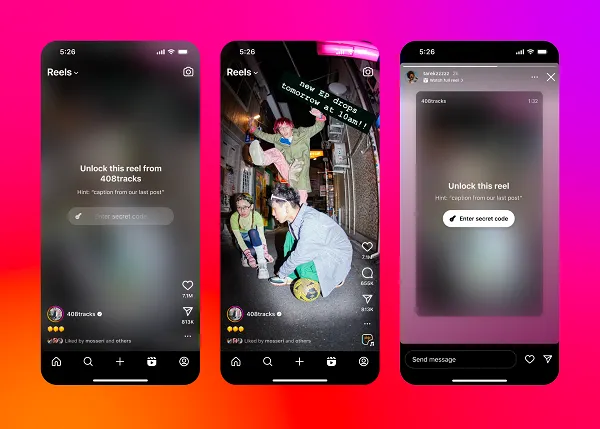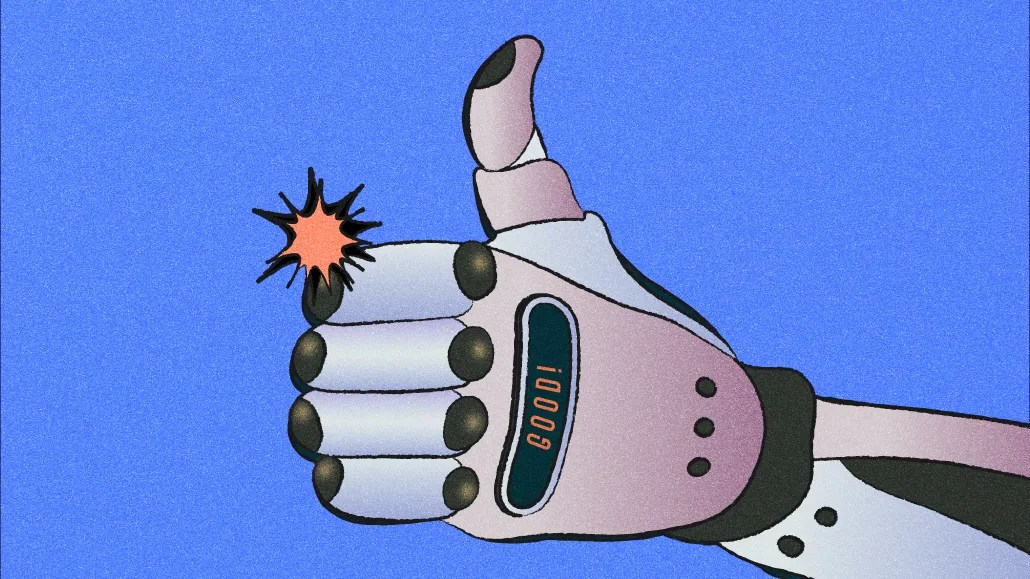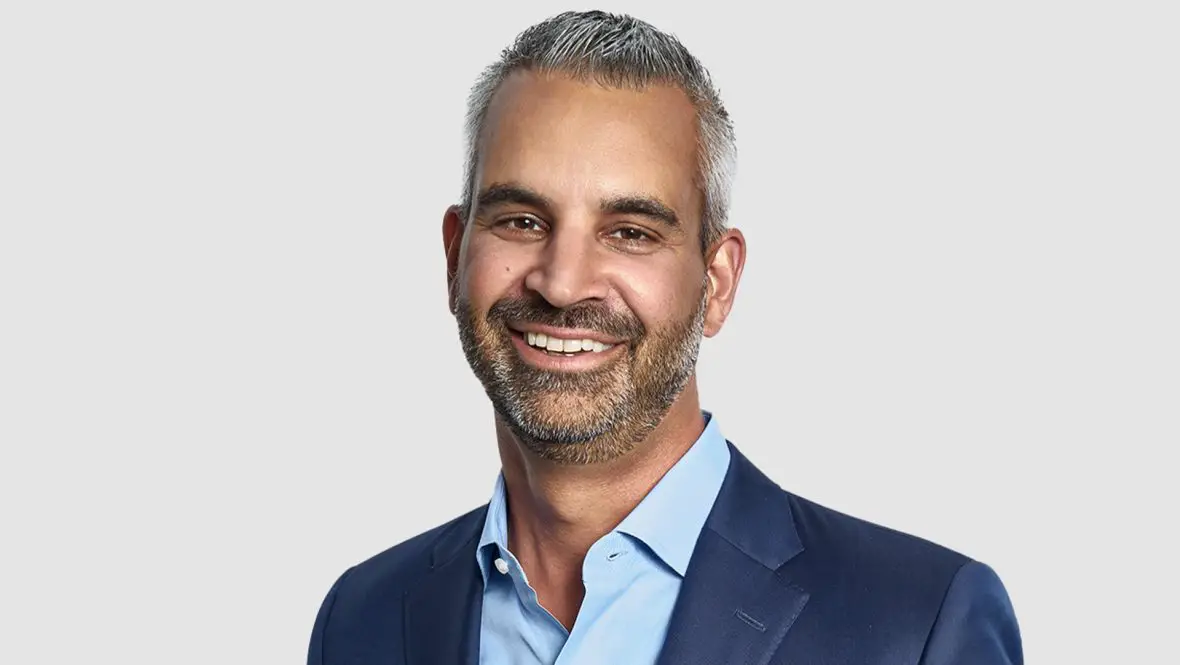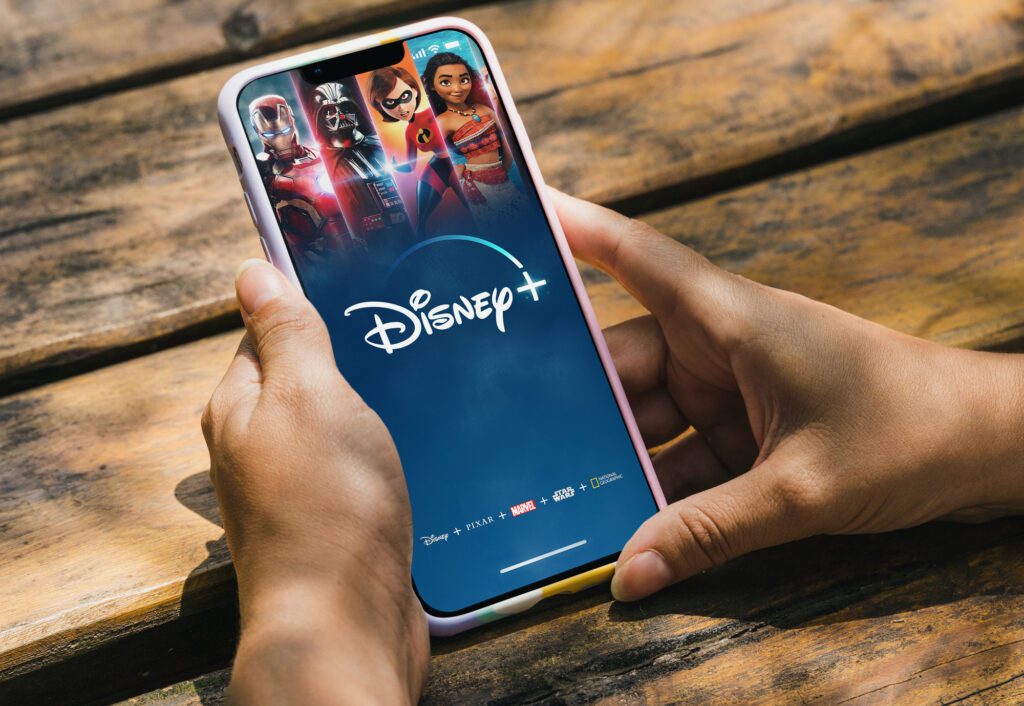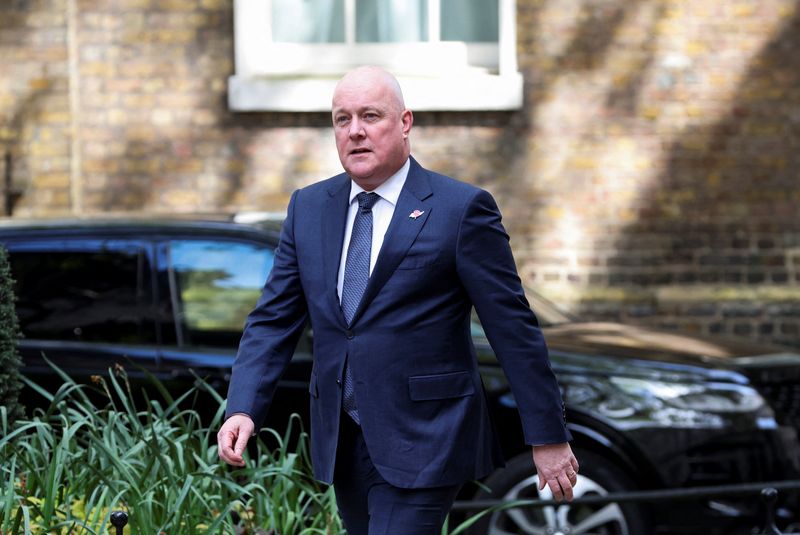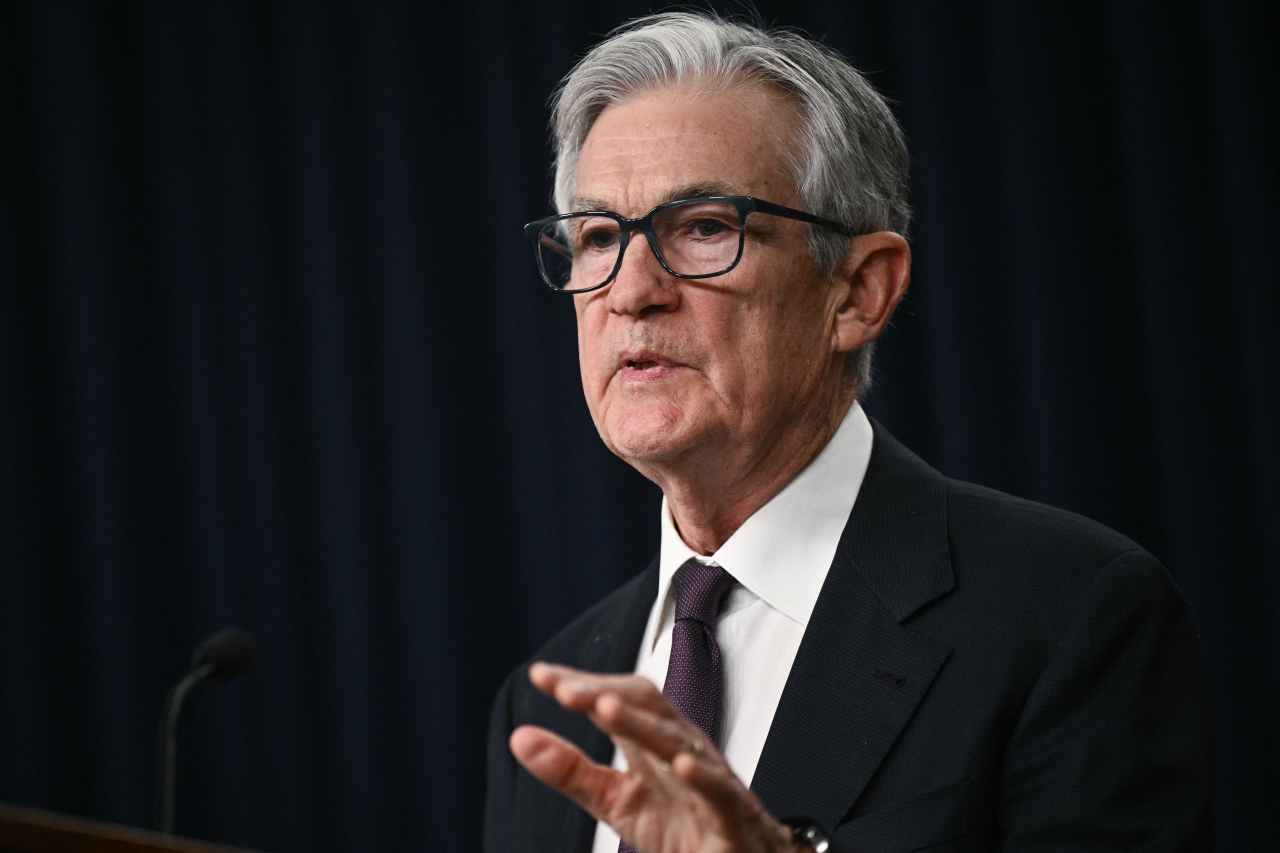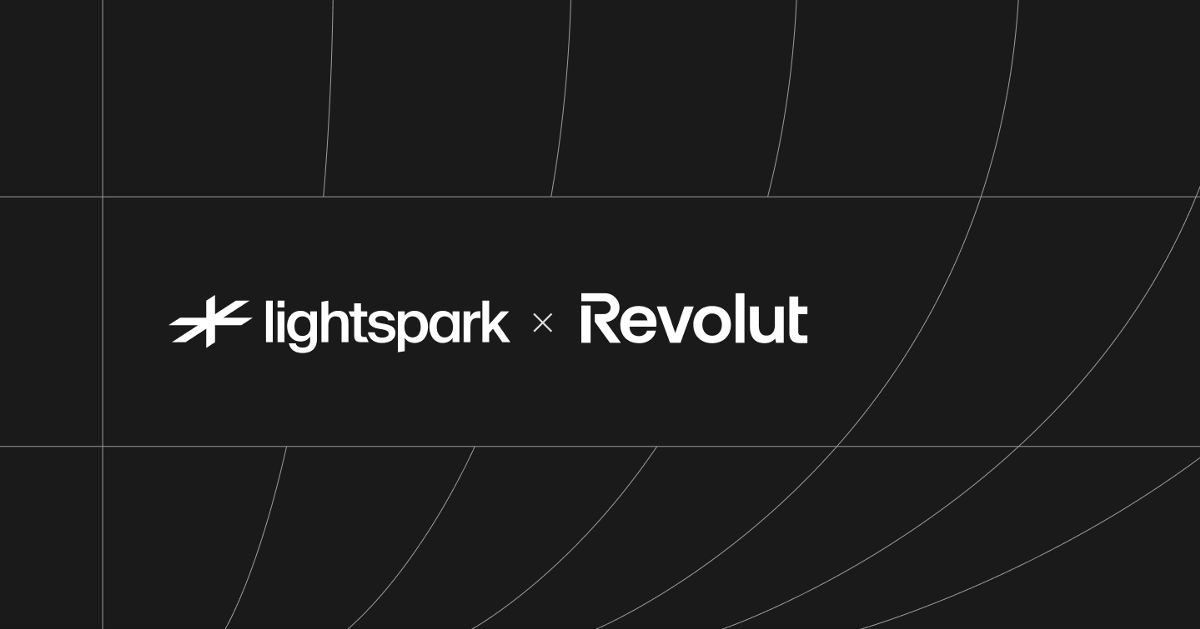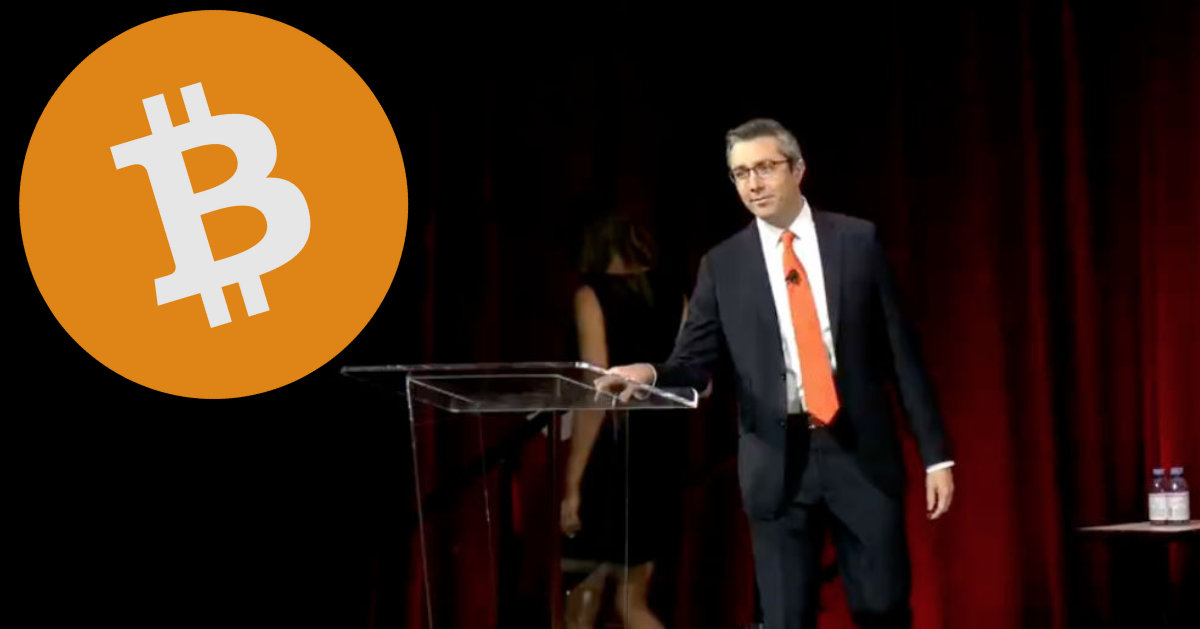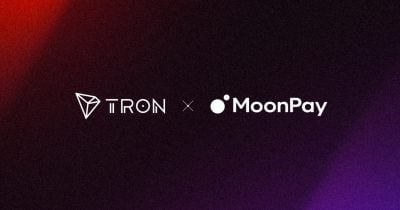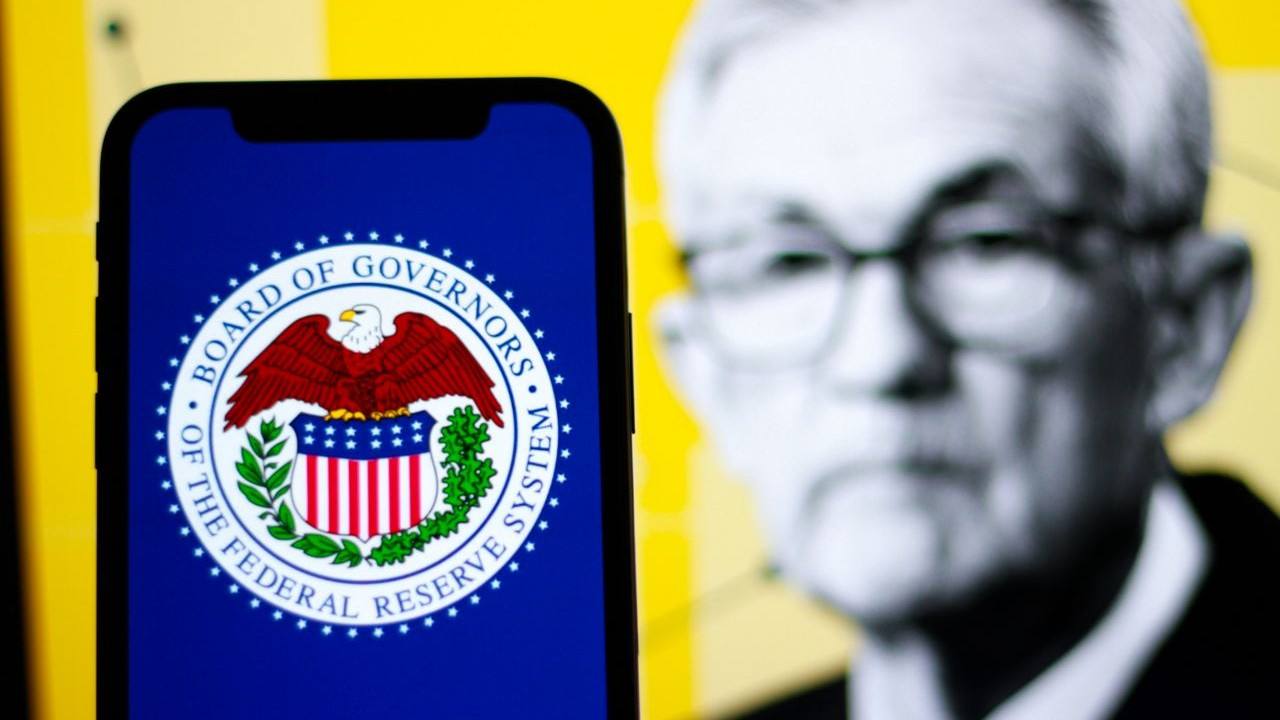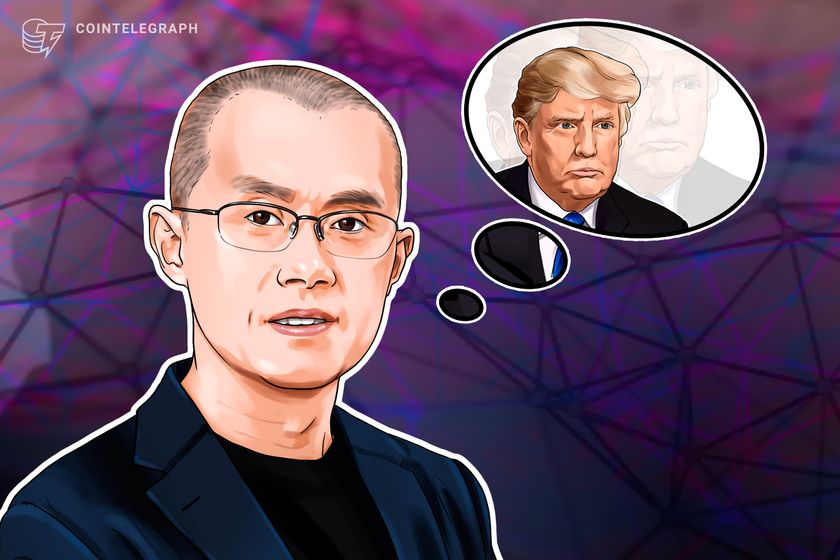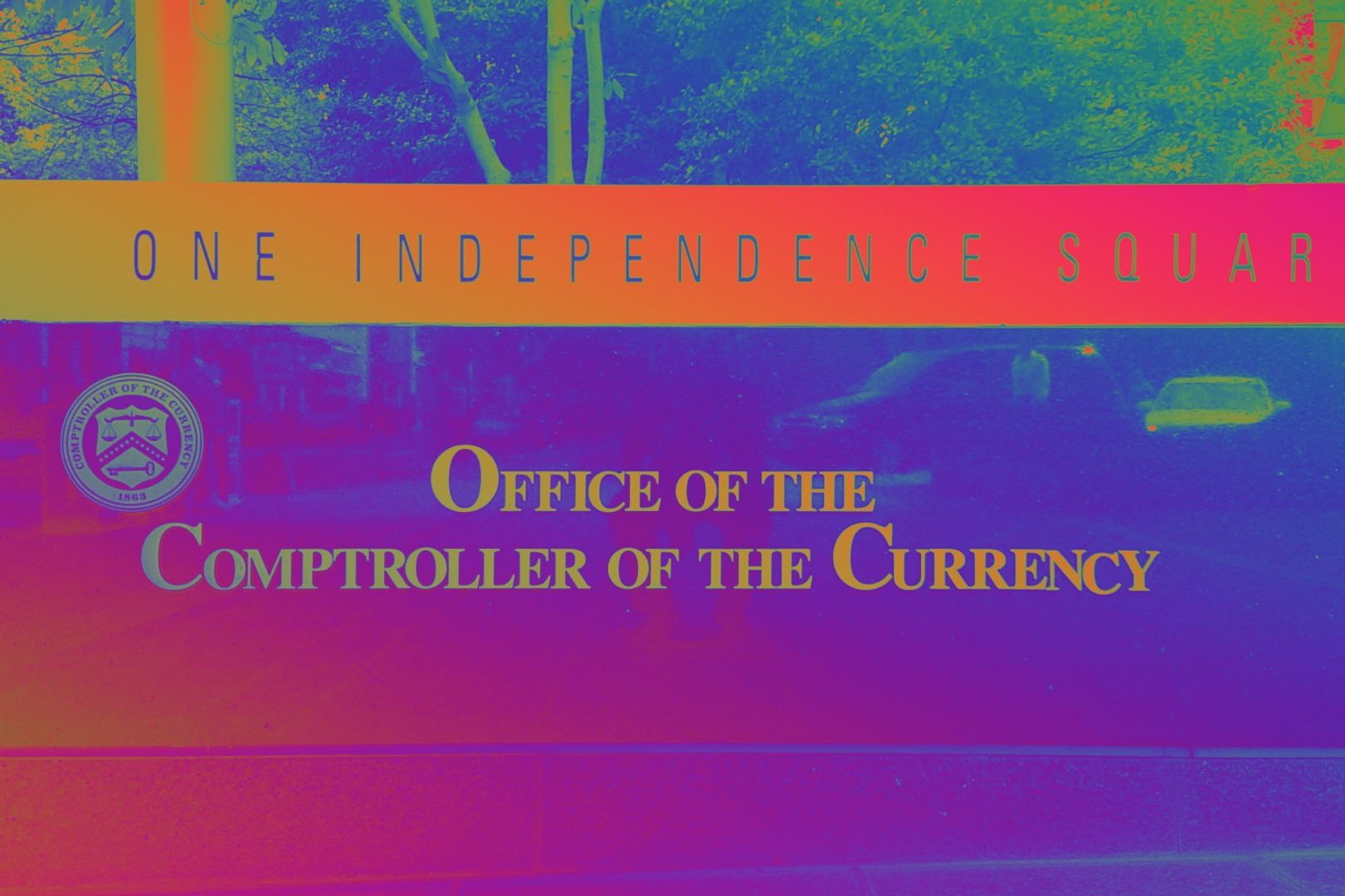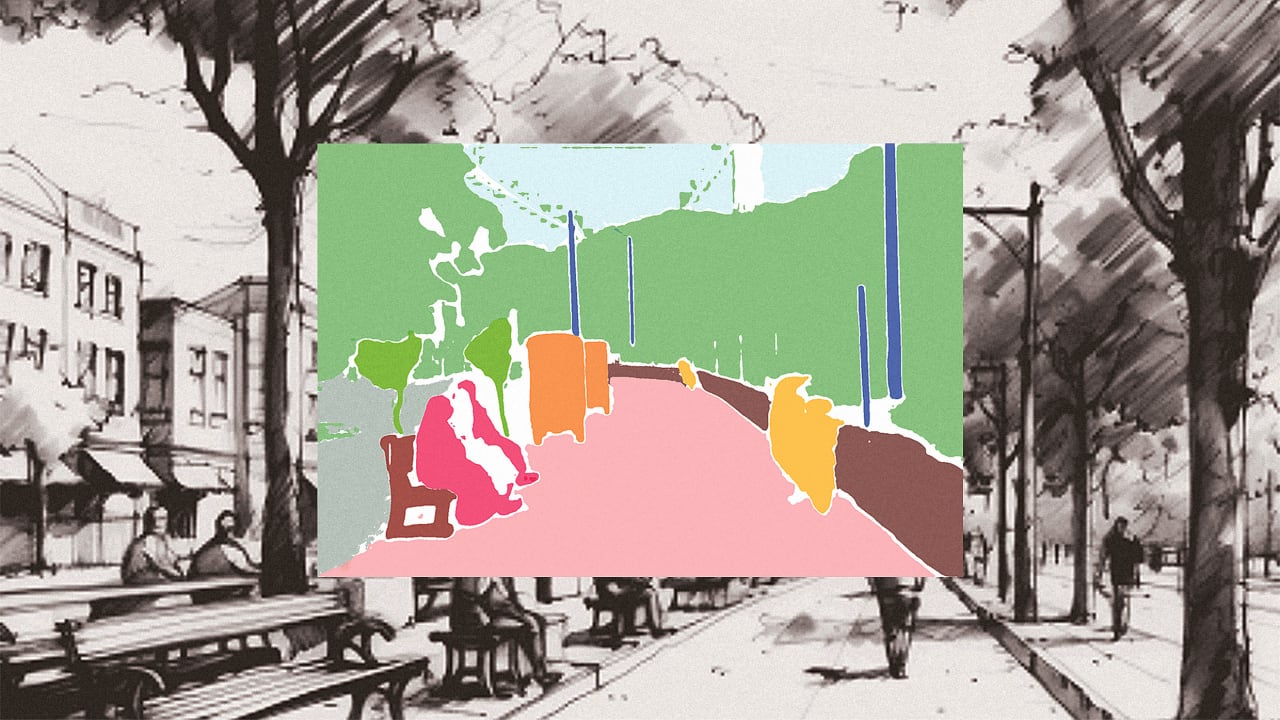Ask these 3 questions to solve any work problem
In today’s fast-paced business environment, effective problem-solving isn’t just about finding quick fixes—it’s about developing a systematic approach that leads to innovative and sustainable solutions. While many leaders get caught up in complex frameworks and lengthy processes, I’ve found that the following three simple yet powerful questions will revolutionize how you and your team tackle challenges. These questions—”What if?”, “So what?”, and “Now what?”—form a natural progression that guide you from creative ideation to practical execution. Let’s explore how each question serves as a crucial waypoint in your problem-solving journey. Start with “What if?” Innovation begins with the permission to imagine. The “What if?” question creates a space for bold thinking, encouraging you to temporarily set aside practical constraints and explore the full spectrum of possibilities. This is where breakthrough solutions often emerge. Recently, a midsize manufacturing company faced declining market share. Instead of immediately jumping to conventional solutions like cost-cutting or incremental product improvements, their leadership team started with “What if?” What if they completely reimagined their customer experience? What if they could transform their waste products into a new revenue stream? This expansive thinking led them to develop an innovative recycling program that not only reduced costs but also opened up an entirely new market segment. The Critical “So What?” While “What if?” generates possibilities, “So what?” helps you to turn a critical lens inward and evaluate relevance and impact of your new ideas. This question forces you to examine how potential solutions align with your strategic objectives and whether they truly address the core problem. Be prepared for the necessity to leave some ideas on the cutting-room floor. Consider a tech startup that brainstormed dozens of new features for their project management software. By asking “So what?” for each idea, they realized that many of their exciting possibilities, while innovative, wouldn’t meaningfully improve their users’ experience or solve their actual pain points. This crucial filtering process helped them focus their limited resources on developments that would deliver real value. Turning Vision into Reality with “Now What?” The final question—”Now what?”—bridges the gap between ideation and execution. This is where you break down your chosen solution into actionable steps, identify required resources (e.g., Budget? People?), and establish clear timelines. A retail chain exemplified this approach when implementing a new customer loyalty program. After confirming the strategic value of the initiative, their “Now what?” phase involved mapping out specific technical requirements, training needs, and rollout phases. This detailed planning revealed potential bottlenecks early and allowed them to launch the program smoothly across hundreds of locations. Making it Work in Practice To implement this three-question framework effectively: 1. Create dedicated space for each phase. Don’t rush from “What if?” to “Now what?” before thoroughly exploring the “So What?” of possibilities and validating their value. 2. Involve diverse perspectives. Different team members from a range of departments will bring unique insights to each question, enriching the problem-solving process. 3. Document your journey. Capture the key insights and decision points at each stage—they often prove valuable for future challenges. The Power of Simplicity In an era where business challenges grow increasingly complex, there’s profound value in straightforward frameworks that cut through the noise. These three questions provide a versatile tool that can be applied to everything from product development to organizational change. By moving systematically from imaginative exploration to practical execution, this three-question approach ensures that innovation remains grounded in reality while still pushing the boundaries of what’s possible. The next time you face a significant challenge, try starting with these three simple questions. You might be surprised by how effectively they guide you toward meaningful solutions.

In today’s fast-paced business environment, effective problem-solving isn’t just about finding quick fixes—it’s about developing a systematic approach that leads to innovative and sustainable solutions. While many leaders get caught up in complex frameworks and lengthy processes, I’ve found that the following three simple yet powerful questions will revolutionize how you and your team tackle challenges.
These questions—”What if?”, “So what?”, and “Now what?”—form a natural progression that guide you from creative ideation to practical execution. Let’s explore how each question serves as a crucial waypoint in your problem-solving journey.
Start with “What if?”
Innovation begins with the permission to imagine. The “What if?” question creates a space for bold thinking, encouraging you to temporarily set aside practical constraints and explore the full spectrum of possibilities. This is where breakthrough solutions often emerge.
Recently, a midsize manufacturing company faced declining market share. Instead of immediately jumping to conventional solutions like cost-cutting or incremental product improvements, their leadership team started with “What if?” What if they completely reimagined their customer experience? What if they could transform their waste products into a new revenue stream? This expansive thinking led them to develop an innovative recycling program that not only reduced costs but also opened up an entirely new market segment.
The Critical “So What?”
While “What if?” generates possibilities, “So what?” helps you to turn a critical lens inward and evaluate relevance and impact of your new ideas. This question forces you to examine how potential solutions align with your strategic objectives and whether they truly address the core problem. Be prepared for the necessity to leave some ideas on the cutting-room floor.
Consider a tech startup that brainstormed dozens of new features for their project management software. By asking “So what?” for each idea, they realized that many of their exciting possibilities, while innovative, wouldn’t meaningfully improve their users’ experience or solve their actual pain points. This crucial filtering process helped them focus their limited resources on developments that would deliver real value.
Turning Vision into Reality with “Now What?”
The final question—”Now what?”—bridges the gap between ideation and execution. This is where you break down your chosen solution into actionable steps, identify required resources (e.g., Budget? People?), and establish clear timelines.
A retail chain exemplified this approach when implementing a new customer loyalty program. After confirming the strategic value of the initiative, their “Now what?” phase involved mapping out specific technical requirements, training needs, and rollout phases. This detailed planning revealed potential bottlenecks early and allowed them to launch the program smoothly across hundreds of locations.
Making it Work in Practice
To implement this three-question framework effectively:
1. Create dedicated space for each phase. Don’t rush from “What if?” to “Now what?” before thoroughly exploring the “So What?” of possibilities and validating their value.
2. Involve diverse perspectives. Different team members from a range of departments will bring unique insights to each question, enriching the problem-solving process.
3. Document your journey. Capture the key insights and decision points at each stage—they often prove valuable for future challenges.
The Power of Simplicity
In an era where business challenges grow increasingly complex, there’s profound value in straightforward frameworks that cut through the noise. These three questions provide a versatile tool that can be applied to everything from product development to organizational change.
By moving systematically from imaginative exploration to practical execution, this three-question approach ensures that innovation remains grounded in reality while still pushing the boundaries of what’s possible. The next time you face a significant challenge, try starting with these three simple questions. You might be surprised by how effectively they guide you toward meaningful solutions.

